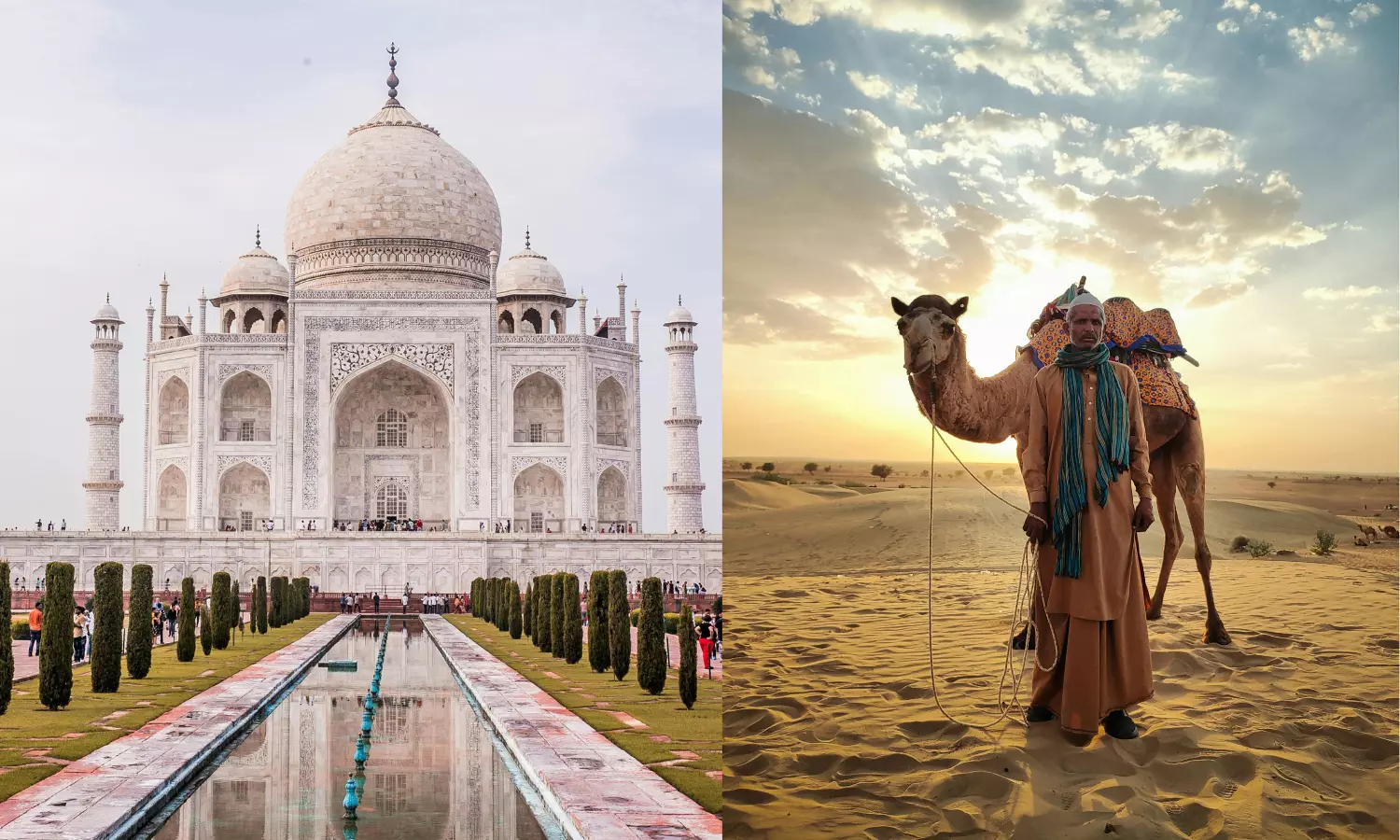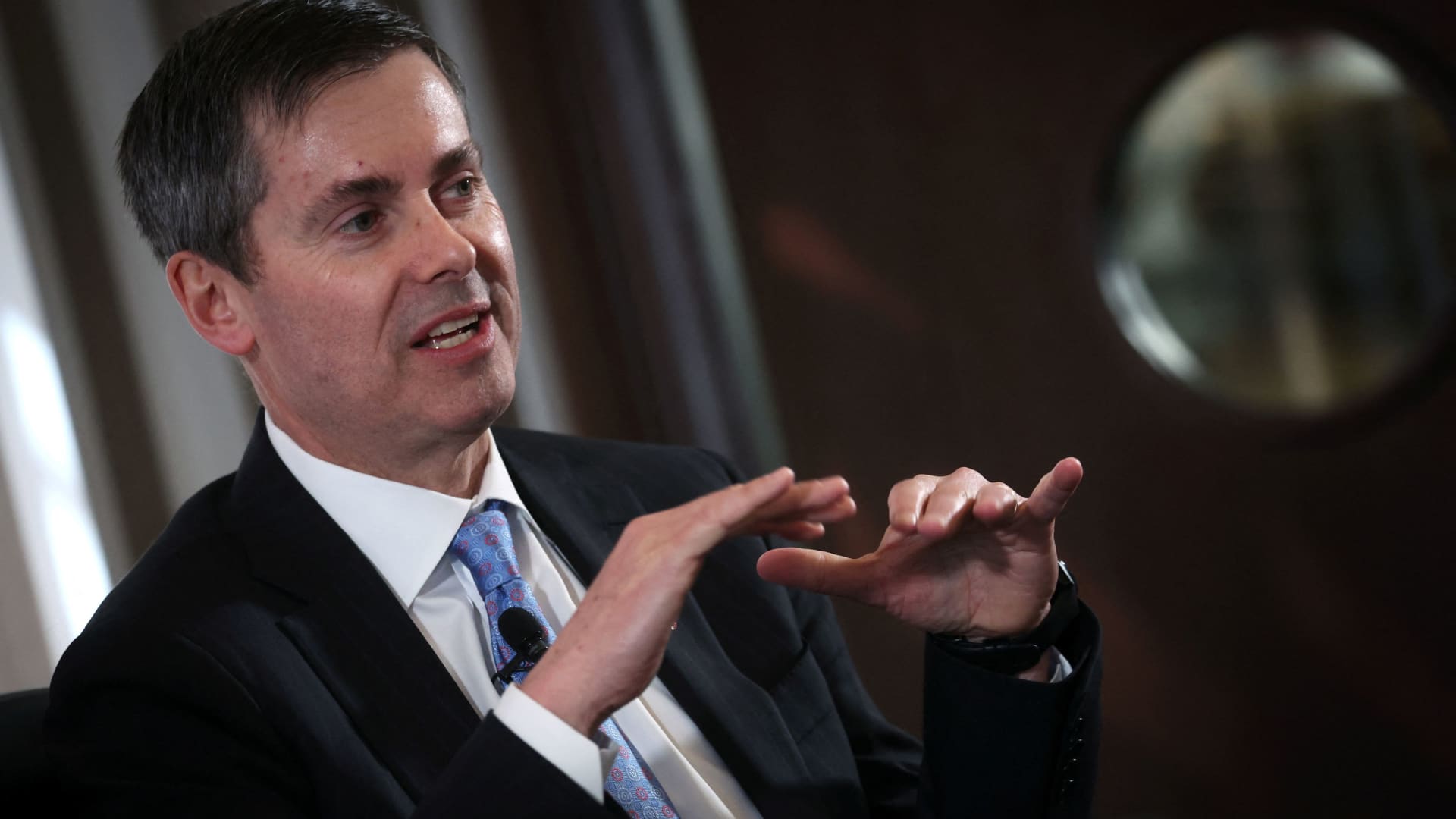By DC Correspondent
Copyright deccanchronicle

India’s growth story has long been told through the lens of its technology and services sectors. But the country’s most compelling new narrative is unfolding not in boardrooms or trading floors, but on its highways, temple towns, and forest retreats. Domestic tourism has quietly become the bedrock of India’s hospitality economy, reshaping regional markets, fueling new infrastructure, and transforming leisure into a serious business driver.A Regional Travel Revolution“Domestic tourism has become the cornerstone of India’s hospitality growth, contributing nearly 88% of total tourism spending,” notes Harshal Dilwali, Director & CEO at Clarissa Resorts Pvt. Ltd. With weekend getaways and micro-holidays growing at an annual rate of 20–25%, Dilwali points out that destinations once considered “second-tier”, such as Jim Corbett, Mukteshwar, and even smaller coastal towns in Goa, are increasingly capturing urban travelers’ attention.This growth is not merely statistical. It reflects a deeper lifestyle shift: Indian consumers are embracing shorter, experience-led breaks, preferring wellness retreats, adventure escapes, and authentic cultural immersions over long-haul international trips. “Regional and domestic tourism are no longer fallback options; they are actively reshaping India’s hospitality landscape into a more sustainable and inclusive ecosystem,” Dilwali adds.The Spiritual and Social EconomyWhile leisure getaways are powering demand, India’s spiritual and social tourism circuits are witnessing unprecedented momentum. “Ayodhya, Varanasi, Jagannath Puri, Kedarnath, Tirupati, Shirdi, these circuits are overflowing,” observes Mr. Sahil Pandita, CEO and Founder, Promiller Group. “It’s not just elders, even younger travellers are combining faith with leisure.”The surge is visible in market data: temple-town hotels have seen record-high occupancies, with average room rates soaring in places like Puri. Pandita also highlights the parallel boom in weddings, corporate offsites, and family celebrations, all of which are increasingly hotel-driven. “The real growth story in India today is domestic tourism. Rising incomes, regional airlines, and highways connecting Tier-2/3 cities have opened new markets,” he explains.It is this combination, faith, family, and festivity, that has transformed domestic travel spend, pushing it 20% above pre-pandemic levels even as international arrivals remain flat.Connectivity and ConfidenceNone of this would be possible without India’s connectivity revolution. Low-cost carriers and regional airlines have expanded their reach, and highway projects now link once-remote towns with urban centers. “Regional travel markets now account for a significant share of India’s tourism activity, with shorter, more frequent trips fueling consistent growth,” says Sanjiv Agarwal, Founder & CEO of Fairfest Media, which organizes India’s largest travel trade shows.He emphasizes that domestic tourism is no longer a buffer during global uncertainty, it is a structural strength. “Rising middle-class aspirations, improved connectivity, and the appeal of culturally immersive experiences are accelerating this trend. Domestic tourism today is not only offsetting global uncertainties but also creating stable revenue streams and year-round demand for destinations across India,” Agarwal explains.The New Growth EngineIf evidence were needed of this domestic engine’s scale, one only has to look at IndiGo Airlines. Once a modest regional carrier, it is now among the world’s largest airlines, powered almost entirely by India’s domestic demand.For investors, hoteliers, and policymakers, this momentum signals more than a cyclical boom. Domestic tourism is creating durable opportunities in infrastructure, hospitality, and ancillary industries such as event management and wellness. It also carries lifestyle implications: Indians are no longer waiting for annual holidays abroad, they are building frequent, meaningful experiences at home.As Pandita puts it: “The real engine is regional, social, and spiritual demand, not inbound foreigners.” That shift, subtle yet powerful, is reorienting India’s tourism map and placing local markets at the very center of its hospitality future.



